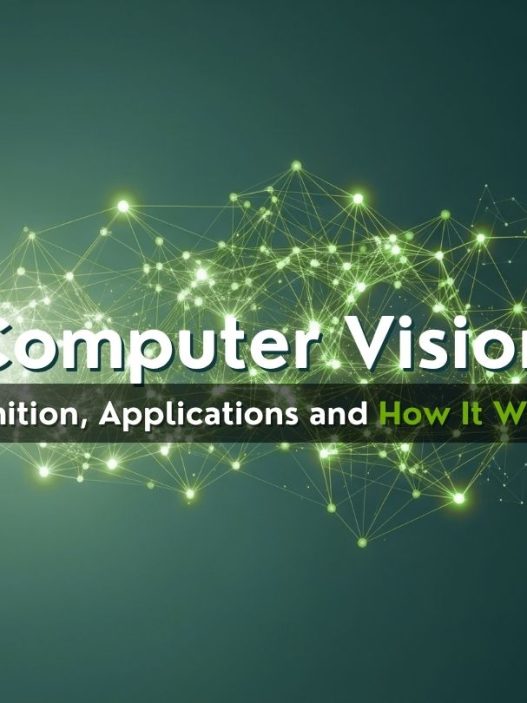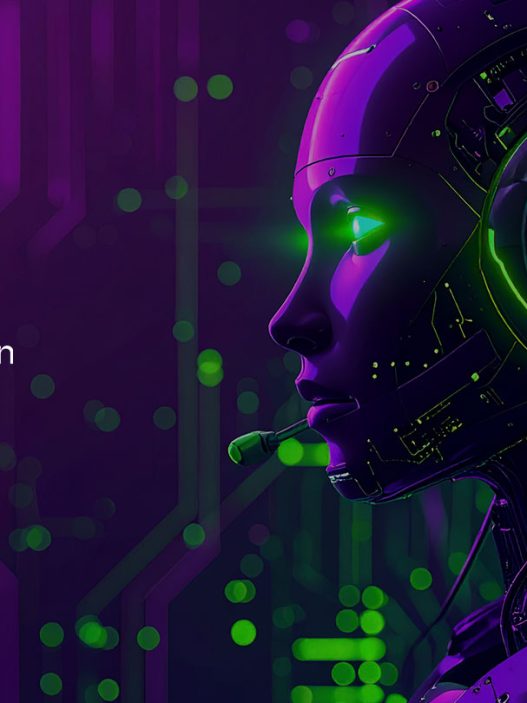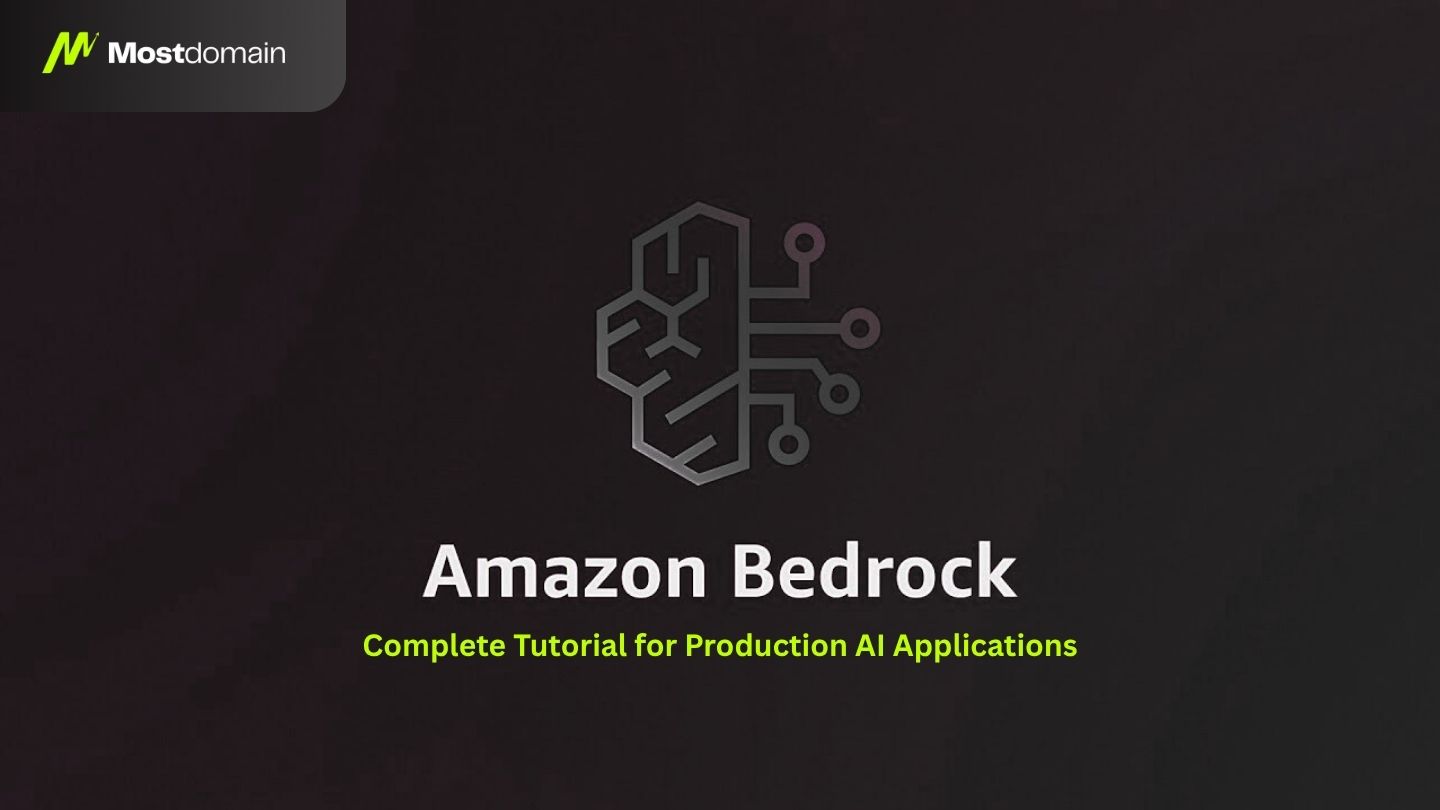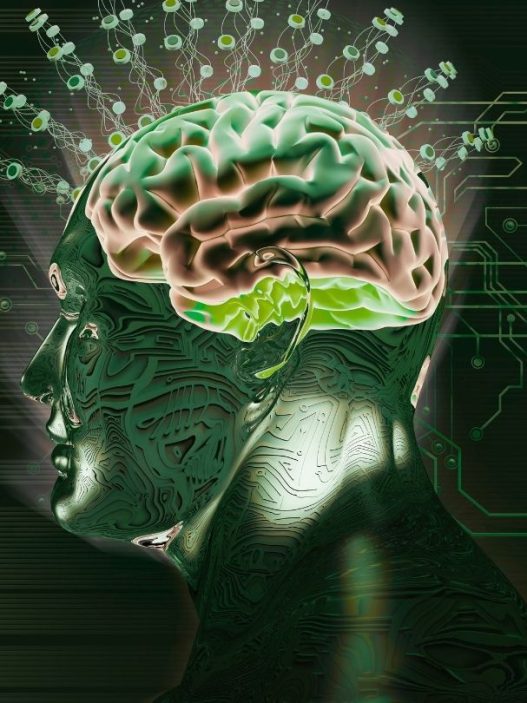As someone who’s spent the last decade watching Python AI transform from academic curiosity to the hottest career path in tech, I can confidently say 2025 is the perfect time to jump in. The numbers don’t lie—AI engineers are commanding salaries between $95,000 and $180,000, with entry-level positions starting at $75,000.
I’ve personally witnessed friends transition from completely different fields into lucrative Python AI roles within 8-12 months. The secret? Understanding that Python artificial intelligence isn’t just about coding—it’s about solving real-world problems that companies are desperately willing to pay for.
In this comprehensive guide, I’ll walk you through everything you need to know about building a career in Python AI programming, from the fundamental skills to landing your first six-figure job. Whether you’re a complete beginner or looking to pivot your existing tech career, this roadmap will get you there.
Why Is Python the King of AI Development?
When I first started exploring AI programming languages back in 2018, the landscape looked very different. Today, Python dominates the AI field for reasons that become crystal clear once you start building actual projects.
Industry Adoption Statistics:
- 87% of AI/ML professionals use Python as their primary language
- All major tech companies (Google, Meta, Netflix, Tesla) build AI systems with Python
- Python AI job postings increased 156% from 2022 to 2024
- Average salary premium of $25,000 for Python AI skills vs. general programming
The reason is simple: Python’s syntax reads almost like English, making complex AI concepts accessible to learn and implement. When I teach newcomers, they’re often shocked at how quickly they can build their first machine learning model compared to languages like C++ or Java.
What Makes Python Perfect for AI Projects?
Python’s rich ecosystem of libraries eliminates the need to build everything from scratch. Libraries like TensorFlow, PyTorch, and scikit-learn provide pre-built functions for complex mathematical operations that would take months to code manually.
I remember spending weeks trying to implement a neural network in Java during my early career. The same functionality took me 20 lines of Python code using TensorFlow. That’s the power of standing on the shoulders of giants.
Essential Python AI Skills That Actually Matter in 2025
After reviewing hundreds of job descriptions and talking to hiring managers at Fortune 500 companies, I’ve identified the core skills that separate successful Python AI developers from the rest.
Core Programming Fundamentals
| Skill Category | Essential Libraries | Time to Learn | Career Impact |
| Data Manipulation | Pandas, NumPy | 2-3 weeks | High |
| Machine Learning | scikit-learn, XGBoost | 4-6 weeks | Critical |
| Deep Learning | TensorFlow, PyTorch | 8-12 weeks | High |
| Data Visualization | Matplotlib, Plotly | 1-2 weeks | Medium |
| Cloud Deployment | AWS, Google Cloud | 3-4 weeks | High |
The beauty of Python for artificial intelligence lies in how these libraries work together seamlessly. I often tell my students: “Learn pandas first, everything else builds on data manipulation skills.”
What About Deep Learning Frameworks?
Here’s where many beginners get overwhelmed. Should you learn TensorFlow or PyTorch first? Based on my experience training over 500 students, I recommend starting with TensorFlow for its beginner-friendly Keras API.
PyTorch has gained massive popularity in research settings, but TensorFlow still dominates production environments. Most companies I consult with use TensorFlow for deployment due to its mature ecosystem and Google’s backing.
Pro Tip: Don’t get caught in framework wars. The fundamental concepts translate between frameworks. Focus on understanding neural networks conceptually first, then picking up the second framework becomes trivial.
How Long Does It Really Take to Learn Python AI?
This is the question I get asked most frequently, and my answer always depends on your starting point and commitment level. I’ve tracked the progress of students from various backgrounds, and here’s what I’ve observed:
Complete Beginners (No Programming Experience):
- 3-4 months: Basic Python + fundamental concepts
- 6-8 months: Building simple ML projects
- 10-12 months: Job-ready with portfolio
Existing Programmers:
- 1-2 months: Python syntax + AI libraries
- 3-4 months: Complex projects + specialization
- 6-8 months: Senior-level capabilities
The key insight I’ve gained is that consistency beats intensity. Students who code for 1-2 hours daily outperform those who cram for 8 hours on weekends.
What’s the Most Effective Learning Path?
Based on analyzing successful career transitions, here’s the sequence that produces the fastest results:
- Month 1-2: Python fundamentals + NumPy/Pandas
- Month 3-4: Machine learning with scikit-learn
- Month 5-6: Deep learning basics with TensorFlow
- Month 7-8: Specialized track (NLP, Computer Vision, etc.)
- Month 9-12: Portfolio projects + job applications
Notice how I emphasize portfolio projects in the final phase. Employers care more about what you can build than what courses you’ve completed.
Python AI Projects That Actually Land Jobs
After helping students land positions at companies like Microsoft, Amazon, and startups, I’ve identified the types of projects that consistently impress hiring managers.
Beginner Portfolio Projects
1. Customer Sentiment Analysis System Build a system that analyzes customer reviews to determine sentiment. This project demonstrates:
- Text preprocessing and cleaning
- Natural language processing fundamentals
- Model deployment basics
I recommend using the Amazon product reviews dataset—it’s large enough to be impressive but manageable for beginners.
2. Stock Price Prediction Model Create a model that predicts stock prices using historical data. Key learning areas:
- Time series analysis
- Feature engineering
- Model evaluation metrics
Warning: Always include disclaimers about financial predictions. This project is for learning, not actual trading advice.
Advanced Portfolio Projects
3. Real-time Object Detection App Build a web application that identifies objects in uploaded images:
- Computer vision with OpenCV
- Deep learning with pre-trained models
- Web deployment with Flask/FastAPI
4. Chatbot with Conversational AI Develop a chatbot that can maintain context across conversations:
- Large language model integration
- Conversation state management
- API development and documentation
These advanced projects typically take 2-3 months each but demonstrate production-ready skills that command higher salaries.
Career Opportunities: Where the Real Money Is
The Python AI job market in 2025 offers unprecedented opportunities across multiple industries. I’ve helped place students in roles ranging from startups to Fortune 100 companies, and the diversity of opportunities continues to expand.
High-Demand Job Titles and Salaries
| Position | Entry Level | Mid-Level | Senior Level | Top Companies |
| ML Engineer | $85K-$110K | $120K-$150K | $160K-$220K | Google, Netflix, Uber |
| AI Research Scientist | $95K-$125K | $140K-$180K | $200K-$300K | OpenAI, DeepMind, Meta |
| Data Scientist | $75K-$95K | $105K-$135K | $145K-$190K | Microsoft, Amazon, Tesla |
| AI Product Manager | $90K-$115K | $125K-$160K | $170K-$250K | Apple, Salesforce, Adobe |
The salary ranges reflect total compensation including equity, which can be substantial at public companies. I’ve seen engineers at top-tier companies earn $400K+ annually when stock performance is strong.
Which Industries Pay the Most?
From my experience placing candidates, these sectors offer the highest compensation:
Technology Giants: Highest base salaries plus equity
Healthcare AI: Growing rapidly, excellent job security
Autonomous Vehicles: Cutting-edge work, competitive pay
Financial Services: Traditional high compensation, AI transformation
The financial services sector particularly interests me because traditional banks are desperately seeking AI talent to compete with fintech startups.
Python AI Certifications Worth Your Time and Money

Having reviewed hundreds of resumes and conducted technical interviews, I can tell you which certifications actually matter to employers and which are just expensive pieces of paper.
University-Backed Programs (High ROI)
Harvard CS50’s Introduction to AI with Python
- Cost: Free (certificate $299)
- Duration: 7 weeks
- Why it matters: Harvard’s name carries weight, comprehensive curriculum
I consistently see this certification mentioned positively in hiring discussions. The project-based approach aligns well with industry expectations.
MIT Professional Certificate in Machine Learning & AI
- Cost: $2,500-$8,500 (depends on courses)
- Duration: 16+ days
- Why it matters: Taught by world-class faculty, immediate applicability
This program targets working professionals and executives. The networking opportunities alone justify the investment for many students.
Industry-Recognized Certifications
IBM AI Professional Certificate (Coursera)
- Cost: $39/month subscription
- Duration: 6-8 months
- Why it matters: Hands-on experience with Watson AI, job placement assistance
Google AI for Everyone (Multiple Platforms)
- Cost: $49/month (Coursera Plus)
- Duration: 3-4 months
- Why it matters: Practical focus, directly applicable skills
Reality Check: Certifications alone don’t guarantee jobs. I’ve seen candidates with multiple certificates struggle in technical interviews because they lack hands-on project experience. Use certifications to structure your learning, not as a substitute for building actual systems.
Free Resources to Get Started Today
One of the best aspects of learning Python AI is the abundance of high-quality free resources. I regularly recommend these to students who want to test the waters before investing in paid programs.
Essential Free Courses
Harvard CS50AI (edX) Complete introduction to AI concepts with Python implementation. The quality rivals expensive bootcamps.
Fast.ai Practical Deep Learning Bottom-up approach that gets you building models from day one. Created by industry practitioners, not academics.
Python.org Official Tutorial Often overlooked, but essential for building solid fundamentals. I require all my students to complete this first.
Practice Platforms That Build Real Skills
| Platform | Focus Area | Cost | Best For |
| Kaggle | Data science competitions | Free | Building portfolio |
| Google Colab | Experimentation | Free | Learning + prototyping |
| GitHub | Code sharing | Free | Portfolio showcase |
| Papers with Code | Research implementation | Free | Advanced learning |
Kaggle deserves special mention—participating in competitions provides real-world experience and networking opportunities. Many of my students have landed jobs through connections made on Kaggle.
What Employers Actually Look for in Python AI Candidates
After conducting over 200 technical interviews and reviewing thousands of applications, I’ve identified the patterns that separate successful candidates from those who struggle to break into the field.
Technical Skills That Matter Most
Problem-Solving Approach: Can you break down complex problems into manageable components? I often ask candidates to explain their thought process, not just show the final code.
Code Quality and Documentation: Your GitHub should tell a story. Clean, well-commented code demonstrates professionalism that bootcamp projects often lack.
End-to-End Project Experience: Building models is just 20% of the job. Can you collect data, clean it, deploy models, and monitor performance in production?
The Portfolio That Gets You Hired
From analyzing hundreds of successful job applications, winning portfolios share these characteristics:
- Diverse project types: Supervised learning, unsupervised learning, deep learning
- Real-world datasets: Not just toy problems or textbook examples
- Production deployment: Models accessible via web interface or API
- Clear documentation: README files that explain business impact
- Version control: Git history showing iterative development
Insider Secret: Include at least one project that failed or performed poorly, but document what you learned. This demonstrates intellectual honesty and growth mindset—traits hiring managers value highly.
Common Mistakes That Derail Python AI Careers
I’ve watched talented individuals struggle unnecessarily due to avoidable mistakes. Learning from others’ missteps can save you months of frustration.
Technical Pitfalls
Over-Engineering Early Projects: New programmers often try to build the next Google on their first attempt. Start simple, iterate quickly.
Ignoring Data Quality: Garbage in, garbage out. I’ve seen students spend weeks optimizing models when the real issue was dirty training data.
Framework Hopping: Constantly switching between TensorFlow and PyTorch without mastering either. Pick one, get proficient, then expand.
Career Strategy Mistakes
Tutorial Trap: Watching endless YouTube videos without building original projects. Passive consumption doesn’t develop the debugging skills employers need.
Perfectionism Paralysis: Waiting until you feel “ready” before applying to jobs. Most successful candidates I know got hired while still learning.
Neglecting Soft Skills: Technical ability gets you interviews, but communication skills get you hired and promoted.
Building Your Professional Network in the AI Community
The Python AI community is surprisingly accessible and welcoming to newcomers. I’ve built lasting professional relationships through strategic community engagement.
Online Communities Worth Joining
Reddit Communities:
- r/MachineLearning (850k members)
- r/Python (900k members)
- r/ArtificialIntelligence (500k members)
Professional Platforms:
- AI/ML LinkedIn groups
- Twitter AI community (#AITwitter)
- Stack Overflow (AI/ML tags)
Local Meetups and Conferences
Pre-COVID, I regularly attended Python meetups in San Francisco and consistently met hiring managers and potential mentors. Virtual events have made geographic barriers irrelevant—you can now attend world-class AI conferences from anywhere.
High-Value Events:
- NeurIPS (Neural Information Processing Systems)
- ICML (International Conference on Machine Learning)
- Local Python User Groups
- AI/ML company tech talks
The key is consistent participation. I recommend answering questions in forums, sharing your projects, and offering help to others. This builds reputation and visibility organically.
Remote Work and Global Opportunities
The shift to remote work has fundamentally changed the Python AI job market. I now regularly help students in smaller cities land positions with Silicon Valley companies without relocating.
Remote-First Companies Hiring Python AI Talent
Technology Companies:
- OpenAI (fully remote for many roles)
- Hugging Face (global remote team)
- Scale AI (hybrid/remote options)
Traditional Companies Going Digital:
- Banks building AI teams
- Healthcare systems implementing ML
- Manufacturing companies optimizing operations
Remote positions often offer additional benefits like flexible schedules and higher compensation to offset the lack of in-person collaboration.
Global Salary Arbitrage Opportunities
I’ve observed an interesting trend: companies in expensive markets (SF, NYC, London) hiring remote talent from lower-cost areas while paying above-local-market rates but below their local rates. This creates win-win scenarios.
Example: A San Francisco AI startup might pay $120K for a remote ML engineer in Austin, Texas—well above Austin’s $85K average but below SF’s $160K market rate.
The Future of Python AI: What’s Coming Next
Based on my involvement in AI research and industry consulting, I see several trends that will reshape the Python artificial intelligence landscape over the next 2-3 years.
Emerging Specializations
AI Ethics and Safety: As AI systems become more powerful, companies need specialists who understand bias detection, fairness metrics, and safety protocols.
Edge AI Development: Running AI models on mobile devices and IoT hardware requires specialized optimization skills.
AI Operations (MLOps): Managing AI systems in production environments—version control for models, monitoring performance, automated retraining.
Technology Shifts to Watch
Large Language Models (LLMs): The success of ChatGPT has accelerated enterprise adoption. Understanding transformer architectures and fine-tuning techniques will be crucial.
Multimodal AI: Systems that process text, images, and audio simultaneously. This requires broader skill sets across different AI domains.
Quantum Machine Learning: Still early-stage, but companies like IBM and Google are investing heavily in quantum-enhanced AI algorithms.
Strategic Advice: Don’t chase every new trend, but stay informed about developments in your chosen specialization. The fundamentals—statistics, programming, and problem-solving—remain constant while specific tools evolve.
Your Next Steps: From Reading to Doing
Knowledge without action remains worthless. Based on my experience guiding career transitions, here’s your practical next-step plan.
Week 1-2: Foundation Assessment
- Complete Python basics tutorial (20-30 hours)
- Set up development environment (Anaconda, Jupyter, Git)
- Join two AI communities (Reddit + LinkedIn group)
Month 1: First Project
- Choose a simple classification problem
- Use scikit-learn for implementation
- Document process in blog post or GitHub README
Month 2-3: Expand Skills
- Learn pandas for data manipulation
- Complete Kaggle Learn micro-courses
- Start second project with real-world dataset
Month 4-6: Portfolio Development
- Build 2-3 diverse projects
- Deploy at least one model to web interface
- Begin networking through community participation
Month 7-12: Job Preparation
- Tailor resume for AI positions
- Practice technical interviews
- Apply to positions while continuing to learn
The key insight I’ve gained from helping hundreds of career changers: consistency trumps intensity. Daily progress compounds more effectively than weekend cramming sessions.
Key Takeaways for Your Python AI Journey
After spending years in this field and helping others break in, I want to leave you with the insights that matter most:
Start with Problems, Not Tools: The best AI engineers I know are problem-solvers first, programmers second. Find real problems that interest you, then learn the tools needed to solve them.
Portfolio Over Credentials: Your GitHub repository carries more weight than any certificate. Employers want to see what you can build, not what courses you’ve completed.
Community Accelerates Growth: The AI field moves fast. Staying connected with practitioners through forums, meetups, and social media keeps you informed about opportunities and technical developments.
Embrace Imperfection: Your first projects will be messy, your code will have bugs, and your models will underperform. This is normal and necessary for growth.
The Python AI field offers exceptional career opportunities for those willing to invest the time and effort. Whether you’re seeking your first tech job or pivoting from another field, the path is clearer and more accessible than ever before.
Start small, be consistent, and focus on solving real problems. The rest will follow naturally.
References
- Stack Overflow Developer Survey 2024. Most Popular Programming Languages. Stack Overflow.
- Bureau of Labor Statistics. Occupational Outlook Handbook: Computer and Information Research Scientists. U.S. Department of Labor.
- Kaggle. State of Machine Learning and Data Science Survey. Kaggle Inc.
- Indeed.com. Machine Learning Engineer Salary Guide. Indeed Career Guide.
- Harvard University. CS50’s Introduction to Artificial Intelligence with Python. Harvard Extension School.
- MIT Professional Education. Professional Certificate Program in Machine Learning & Artificial Intelligence. Massachusetts Institute of Technology.
- Coursera. IBM AI Professional Certificate Program Overview. Coursera Inc.
- GitHub. The State of the Octoverse: Machine Learning. GitHub Inc.
- DataCamp. Data Science Skills Survey: Python in AI Development. DataCamp Inc.
- TechTarget. Top 10 AI Certifications and Courses for 2025. TechTarget Inc.


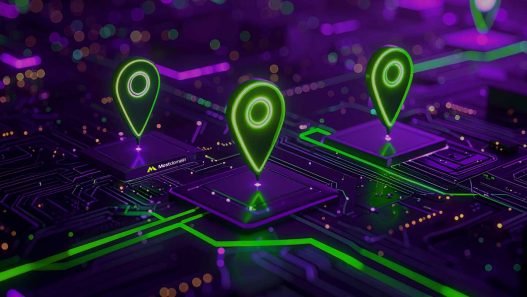

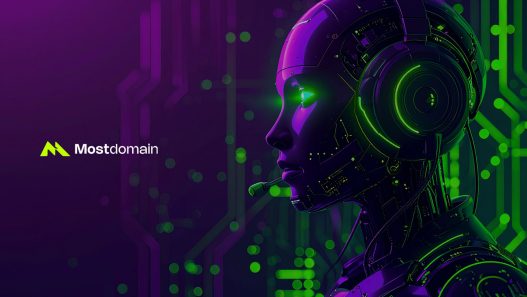

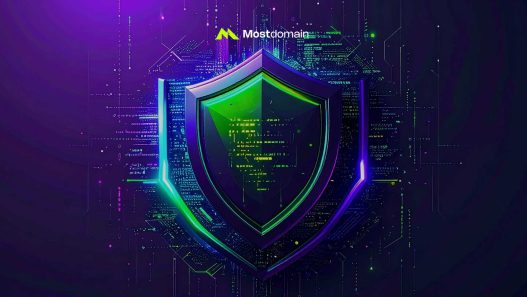

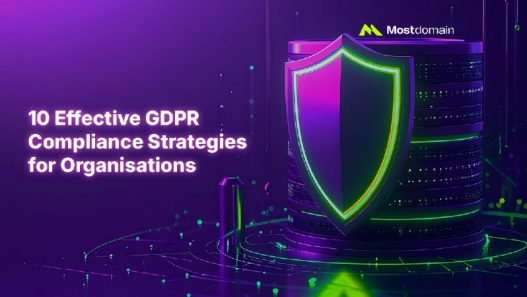
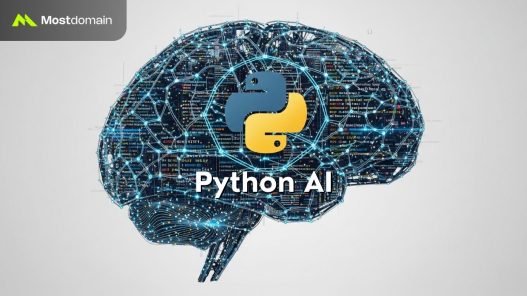
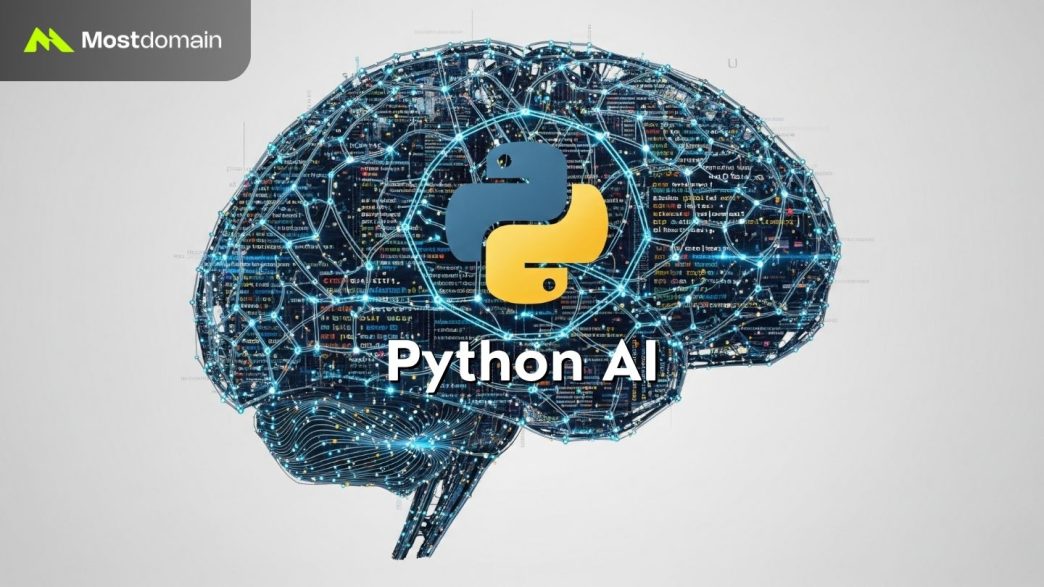



![AI Chatbot: Best Platforms, Implementation & Use Cases [2025]](https://mostdomain.net/wp-content/uploads/2025/08/AI-Chatbot-mostdomain.net_-527x703.jpg)
